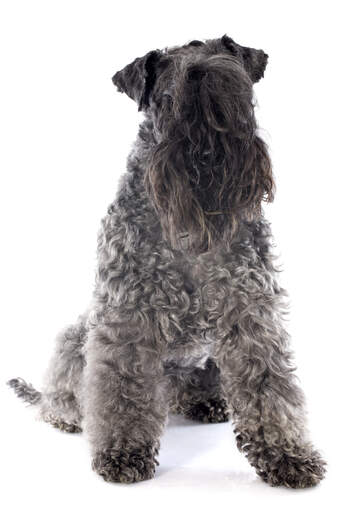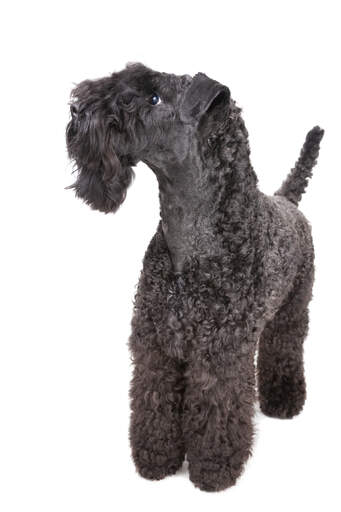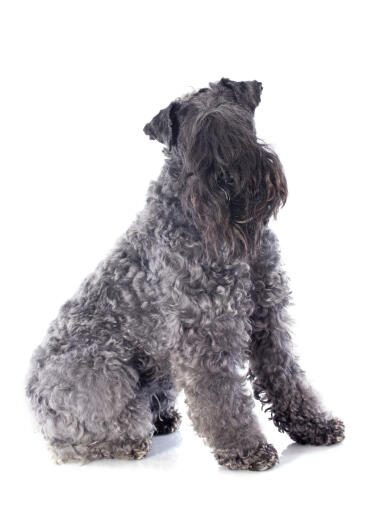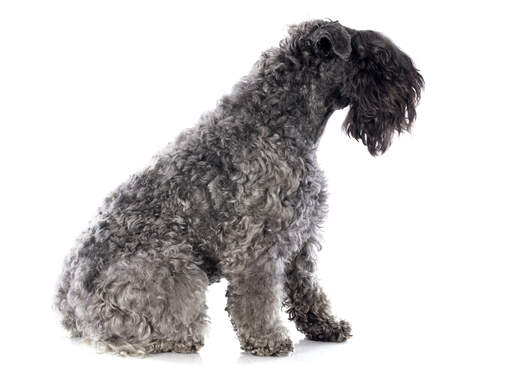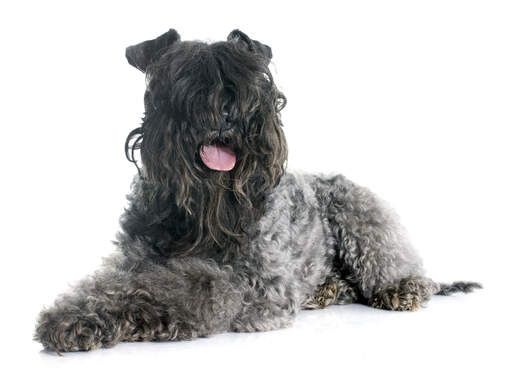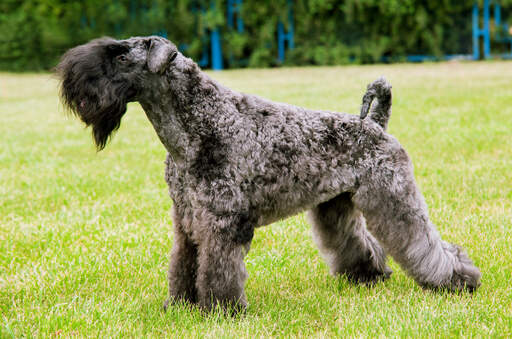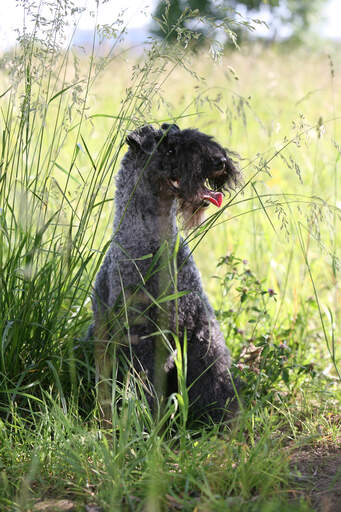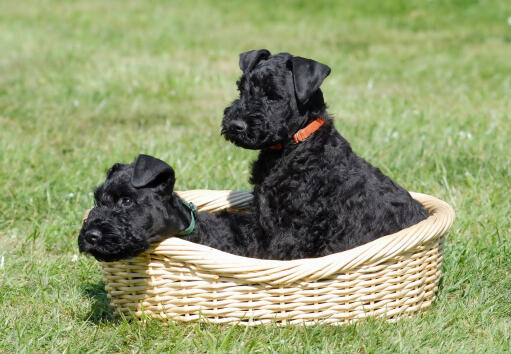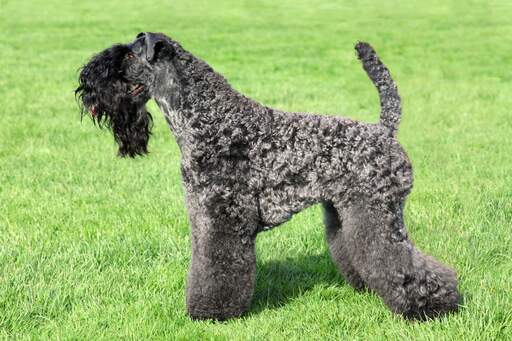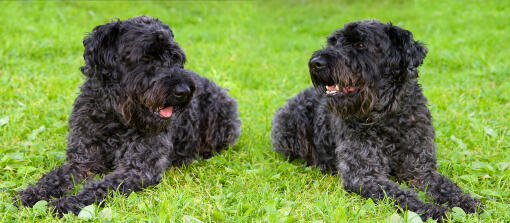Kerry Blue Terrier Dogs










History
As the name suggests, this breed comes from County Kerry, Ireland. They were first bred as working dogs, used to hunt vermin such as birds and rabbits. They were also sometimes used as guard dogs on farms and for herding sheep and cattle. The exact genetic origin of this breed is unknown, but they are most likely a combination of the Soft Coated Wheaten Terrier, Belington and maybe even Portuguese Water Dog. They are very popular as an all-round farm dog and pet in Ireland. They were the first breed to be registered with the Irish Kennel Club.
Behaviour
The Kerry Blue is a terrier, and they behave accordingly. They like to dig, chase and have an all-round independent nature, much like many other terrier breeds. They are sturdy dogs who will be able to handle rough games and a few knocks from children. They like children and are patient with them. They do become protective of their close family, but this is normally just bark-protection, they are seldom aggressive towards people. They seem to be fine with strangers entering the house, they will alert you of when someone is at the door with a few barks though. Kerry’s have a love for barking and because of this make good watchdogs. One of the first things you will have to teach them is the “quiet” command, otherwise you will end up with a very vocal dog.
As with any breed, early socialisation will help produce a stranger-friendly, well behaved and well-rounded dog. They love people and will need a lot of attention and interaction with their human owners. They will happily join in with any family activity and will get lonely and sad or left alone for long periods of time. They are an intelligent breed who need a lot of mental stimulation to prevent boredom. This can be provided in the form of toys, training sessions, games, walks and competitions.
Being terriers, they tend to have a rather apparent independent streak, this means that they need to learn their place in the “pack” in order to prevent mischievous behaviour. They are also active dogs who will require at least one longer walk per day, two is ideal, however. Other ways to tire out this dog include training sessions, games of catch, fetch and in general any physical activity. They have a high prey drive and will instinctively chase rabbits, squirrels and any other rodents and cats. Walking them in a fenced or safe area is best. They excel at agility and obedience, agility competitions will be a fun, physically and mentally stimulating activity for them.
Their soft, dense coat will require some attention. They are considered a non-shedding breed, but they still need brushing every other day to keep their coat looking neat and tidy. They’ll need bathing and trimming every six to eight weeks or so.
Temperament
Overall, these dogs have an adventurous, intelligent and sensitive temperament. They will love running around outside and, in the home, will want to be the centre of attention, often sitting next to/by you on the couch in order to grab your attention. They are not the best of breeds when it comes to being friendly with other pets, but the relationships should be okay if the animals are raised together. They will need firm but fair training in order to show them who's boss.
Health Problems
As is the case with most terriers, this is a hardy and healthy breed. They can, however, be prone to Canine Hip Dysplasia, Cataracts, allergies, skin growths, cancers (particularly hair follicle and breast), spiculosis (abnormal spike like hairs), entropion (inward rolling of eyelid that can cause irritation to eyeball), and progressive retinal atrophy (PRA: dengeration of the retina which can lead to blindness).
Breed Details
- Status: Common
- Life Expectancy: 9 - 15 years
- Weight: 30 - 40 lbs
- Height: 17 - 19"
- Rare: No
- Coat: Medium
- Grooming Requirements: Everyday
- Town or Country: Either
- Minimum Home Size: Small House
- Minimum Garden Size: Small to Medium Garden
- Breed Type: Pest Control Dog
- Size: Medium
- Energy Level: Medium
- Exercise Required: Up to 1 hour

